If I have a long char array[100], which store a list of structs in it, and if I want to add one one struct in the end, how do I check if it exceeds the boundary or not?
For example,
static char arr[100];
typedef NODE* node_ptr;
typedef struct node
{
char a;
char b;
int size;
node_ptr next;
}NODE;
//arr already contains few node in it.
//size: the new node size, I want to add in the end
node_ptr add_node(node_ptr last, size_t size)
{
node_ptr new;
if(last+2*sizeof(NODE)+size<arr+100)
//add new node
return new;
}
How can I check if new node exceed the array boundary?



